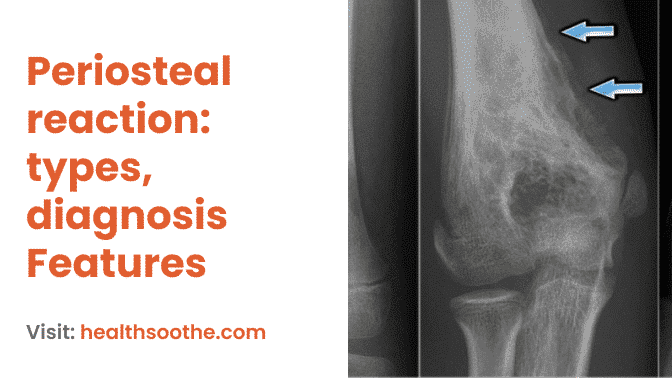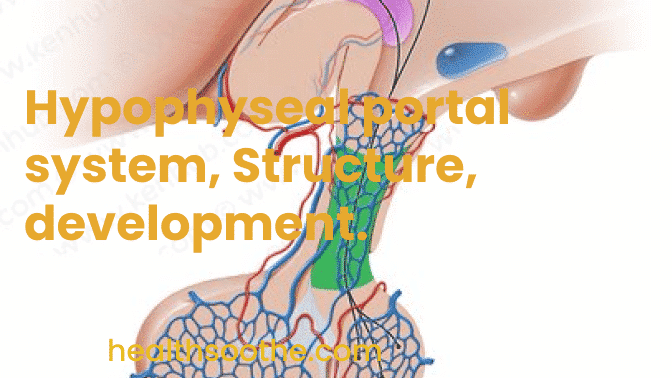Any abnormality of the [mfn]autonomic nervous system[/mfn] is known as dysautonomia (ANS). Your heartbeat, breathing, temperature, digestion, and many other uncontrollable bodily processes are all under the ANS’s control. Fast heartbeats, lightheadedness, or fainting upon rising are typical signs of dysautonomia. Diabetes, alcohol use disorder, Parkinson’s disease, and autoimmune disorders are just a few of the illnesses that can lead to dysautonomia. Genes may also play a role. Doctors occasionally fail to identify the root cause. The types, causes, symptoms, and diagnoses of dysautonomia will all be covered in this article. Additionally, it will look at resources and treatments for…
Author: Wisdom Bassey
A frequent benign condition known as eruptive lingual papillitis causes the fungiform papillae on the tongue’s dorsolateral surface to swell. Since 1997, a number of lingual papillitis variations have been documented, most or all of which have painful erythematous papules. Here, we describe a 6-year-old girl who visited the emergency room with a severe variant type of eruptive lingual papillitis that wasn’t unpleasant. Multiple erythematous papules, some of which were white or yellowish in colour, covered the whole dorsal surface of the tongue to a depth of 2-3mm. The papules were overly swollen, pigmented, clumped together, and crusty. [mfn]Idiopathi[/mfn]c in…
Prior to radiographic alteration, the mineral composition of bone must change by 30–50%. Typically, 10–14 days after histology production is observed, early periosteal new bone may be seen radiographically. There are three types of periosteal reactions: benign, semi-aggressive, and aggressive. Aggressive responses are not always indicative of [mfn]malignancy[/mfn]; rather, they show that the illness is developing more quickly than the bone can handle it. In general, benign responses are those that are ongoing, homogeneous, and uniform in the thickness and opacity of the bone (solid). Interrupted responses are often semi-aggressive to aggressive with varied bone opacity and thickness (lamellar, palisading,…
The hypophyseal portal system is a network of blood arteries that connects the anterior pituitary and hypothalamus at the base of the brain. Its principal job is to swiftly transfer and exchange hormones between the anterior pituitary gland and the hypothalamic arcuate nucleus. The portal system’s capillaries are fenestrated (have many tiny channels with high vascular permeability), enabling quick communication between the hypothalamus and pituitary. Gonadotropin-releasing hormone, corticotropin-releasing hormone, growth hormone-releasing hormone, and thyrotropin-releasing hormone are among the principal hormones that the system transports. The hypophyseal portal system is a network of blood arteries that connects the anterior pituitary and…
The placement of the patient is essential for a successful surgery. Whether a patient is sleeping peacefully in the emergency room or as an in-patient, the Fowler position is most often used. Fowler’s patient placement often called a sitting position, is frequently utilised for shoulder and neurosurgical procedures. Low Fowler’s Position, Semi Fowler’s Position, and High/Full Fowler’s Position are all variations of the Standard Fowler’s Position. Since gravity pushes the diaphragm lower in Fowler’s position, it allows for more chest and lung expansion, making it useful for a variety of individuals who have breathing problems. Learn more about the distinctions…






